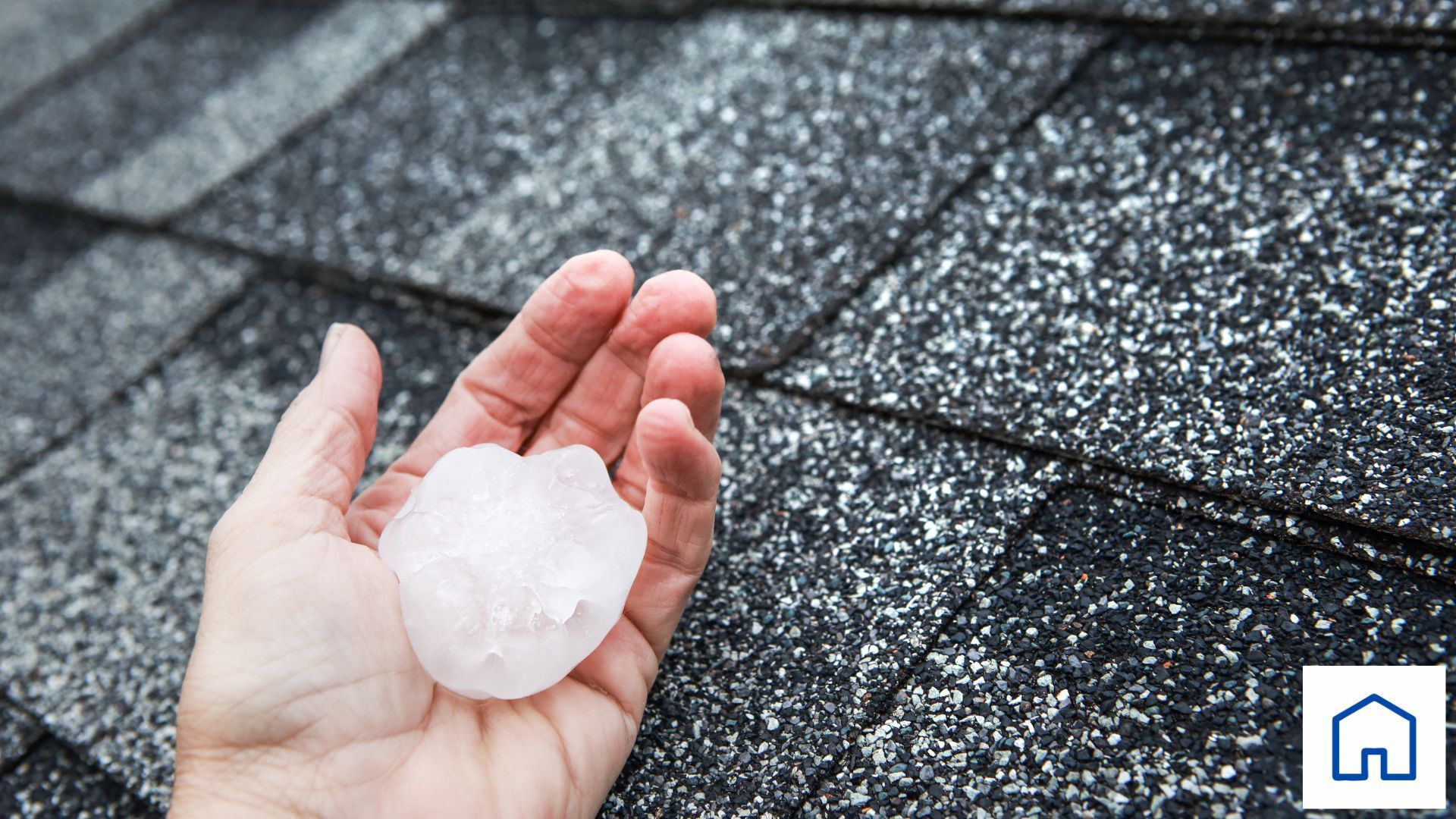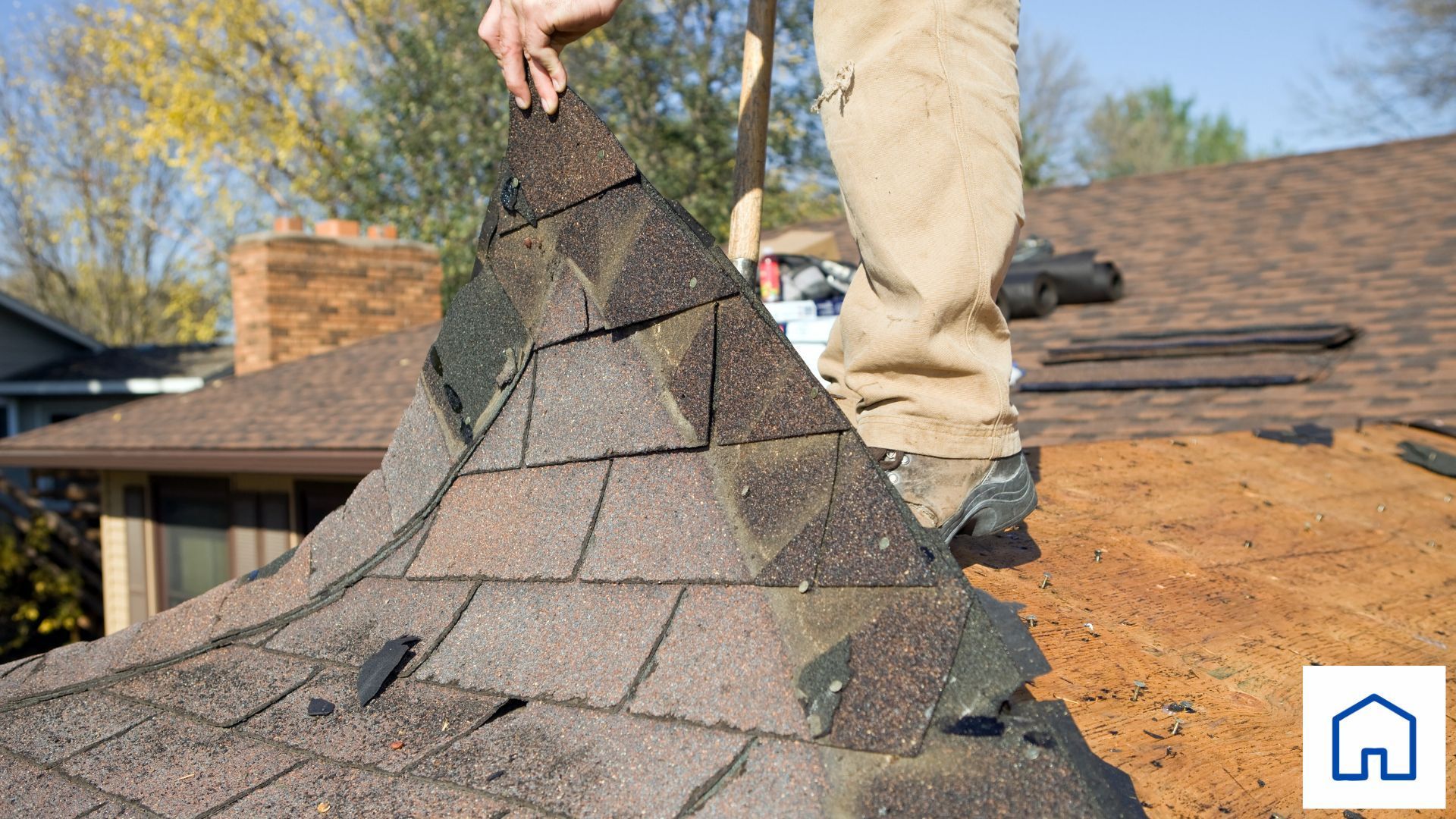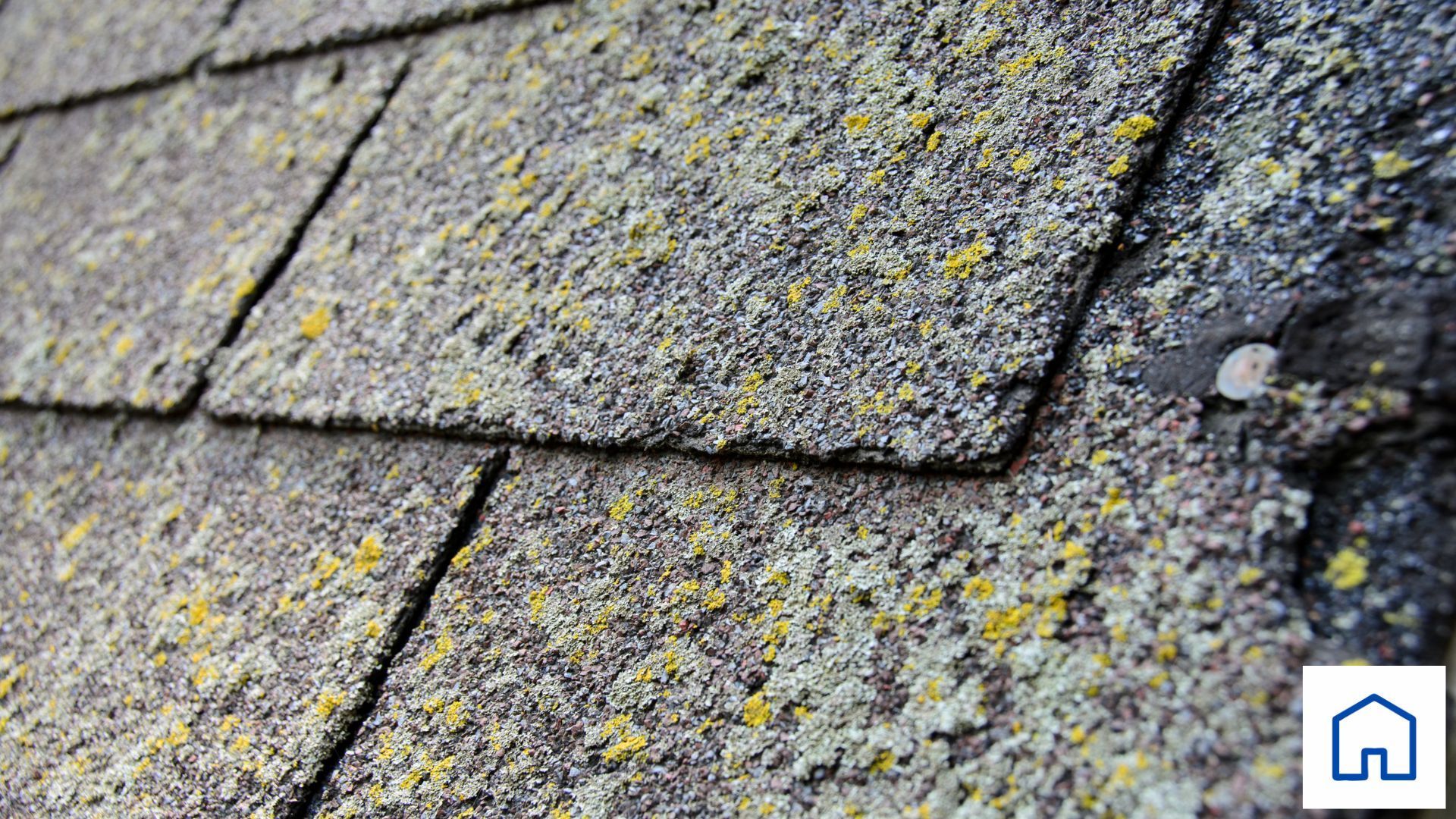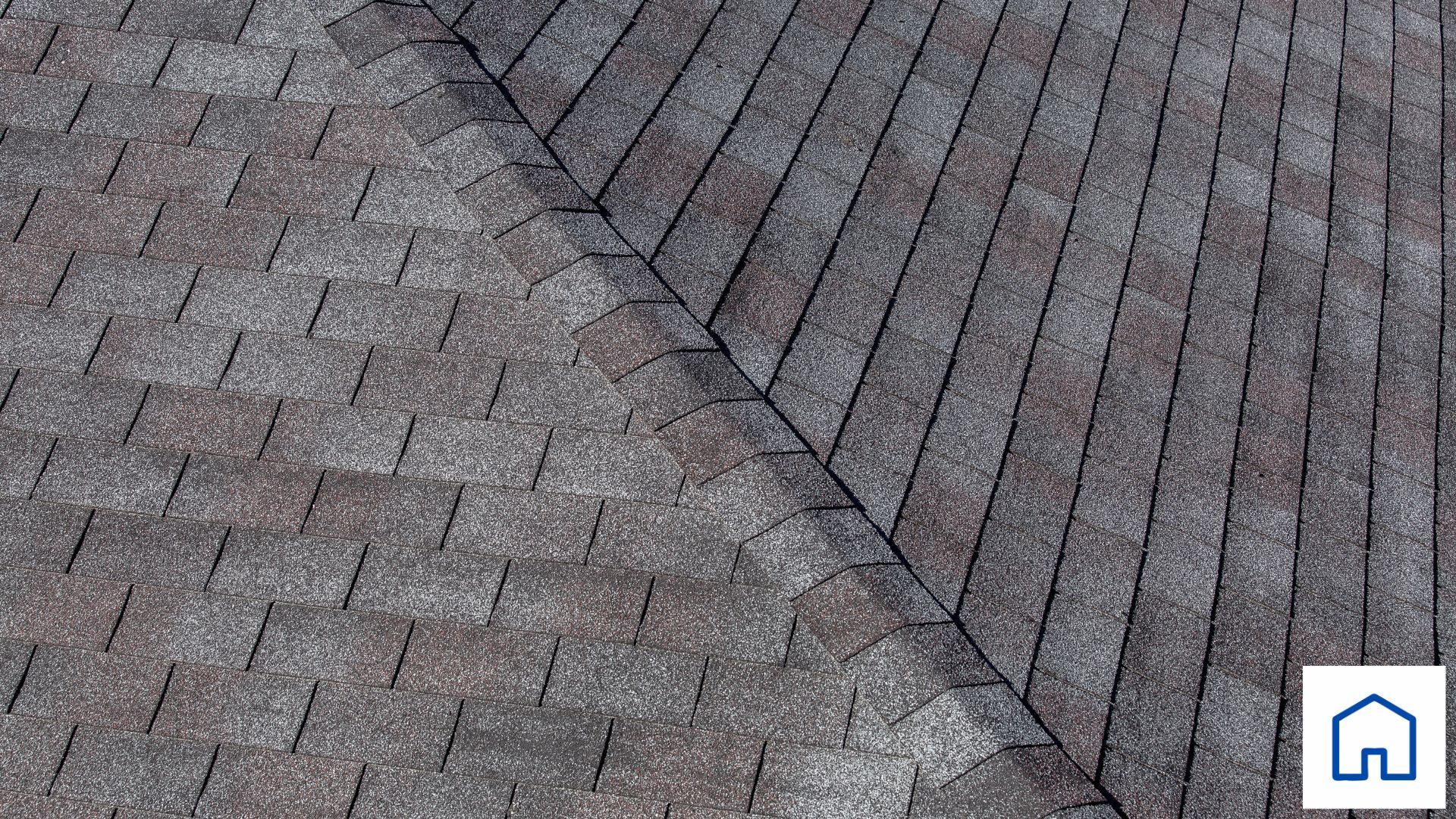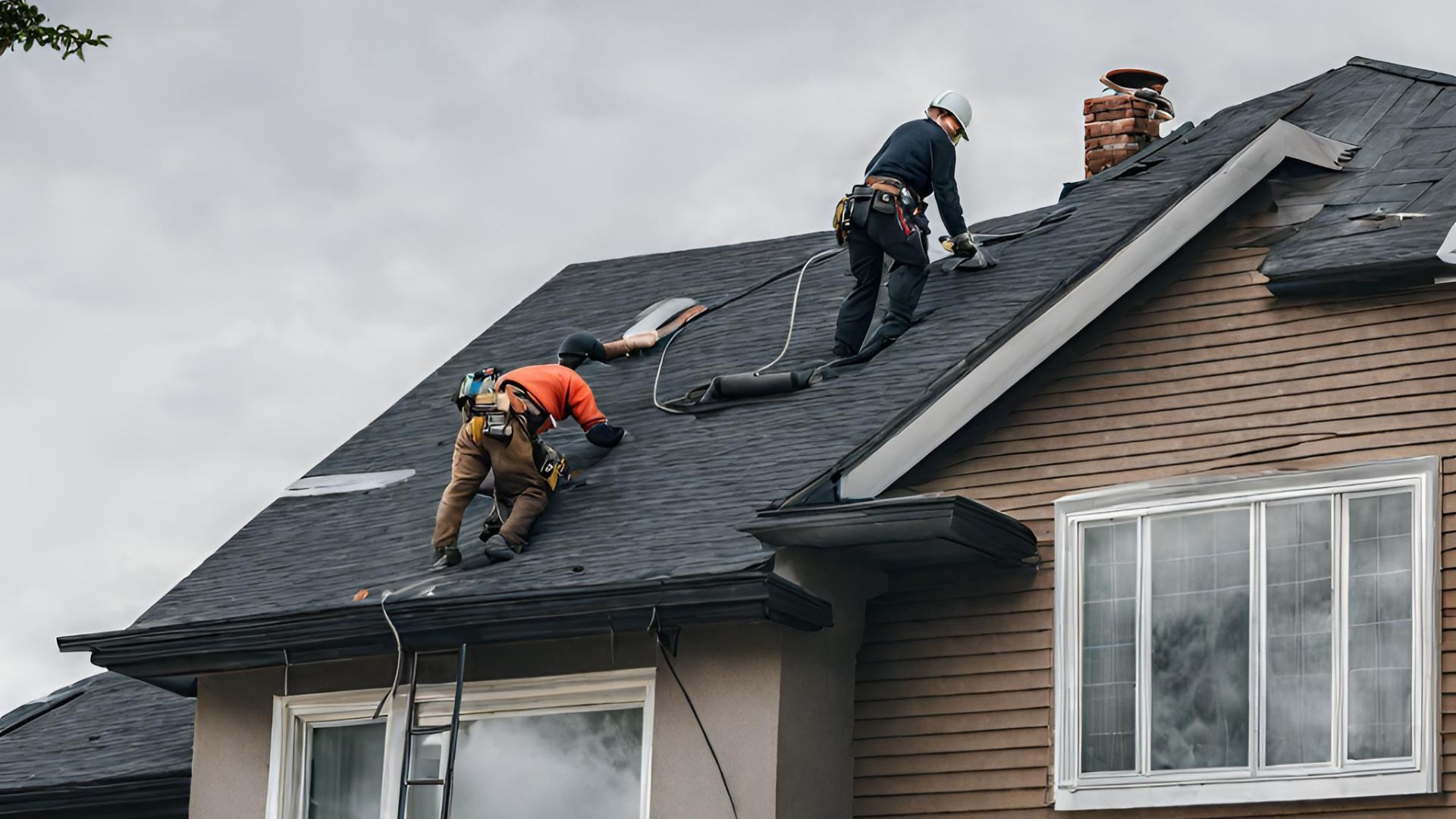Five signs you need new windows
Your windows play a huge role in the overall curb appeal of your home.
Have you started to notice some things about your windows that just don’t seem right? Is the paint chipping? Have you caught a draft coming through the window?
Here are some signs that can help you stay in the know when it comes to identifying when it is time to get your windows replaced.
Rot on or near trim
A rotten window sill can be caused by a number of things, but most often is caused by the window’s exposure to the elements and natural aging process. Rotten or moldy window trims can cause health problems for those who are near it.
This can also be a sign of rot that might have reached your window frame. In a case such as that, a full window replacement would be necessary.
Fog between the panes
Fog between window panes is a sign that the seal has been broken. Most window panes have some type of gas between them, the most common being either air or argon. A broken seal allows for gas to escape and condensation and moisture to creep into this space, reducing the efficiency of your window. This is what causes the fog to appear. Over time, the condensation can cause mold to grow within your window pane.
Unless you want to keep your new window turned terrarium and risk mold spreading to other surfaces near it, these windows need to go. You should replace any window that has fog in-between the panes.
Window won’t close or open
Dirt, debris, rust are just a few reasons why your windows might not open or shut. These factors can be caused by weather over time, and lead to movement issues for the sliding track.
While you might be able to clean away some of the debris preventing the window from moving, or lubricate the sliding track, the best long-term solution might be to replace your windows.
Air is seeping in through the window
You should not have to deal with drafty windows. Air coming in through your window can be a sign of issues such as cracks in the glass, leaks in the seal, or improper installation and insulation.
More than 15 years old
If your windows were installed more than 15 years ago, it is probably time to have them replaced. The average lifespan of residential windows is 15 years, and after this the material begins to deteriorate.
This can lead to problems like we mentioned before such as drafts and water-cause rot, but also an increase in your energy costs as both cool and hot air can escape easier through these windows.
Replacing older windows also is a good way to increase the value of your home. New windows are more eye-catching and have much better curb appeal than old windows with chipped paint, and an outdated style.
If you are looking to get more information on replacing your windows, call Best Nest Renovations at 770-881-1662 or click
here.
When it comes to your next exterior renovation project, you are in good hands with the experts at Best Nest. Our services include
commercial and residential roofing,
gutter,
siding,
door,
window, and
fencing. Best Nest is proud to serve the Carrollton, Georgia, area and the communities surrounding it. To learn more about how we can help you, click
here.
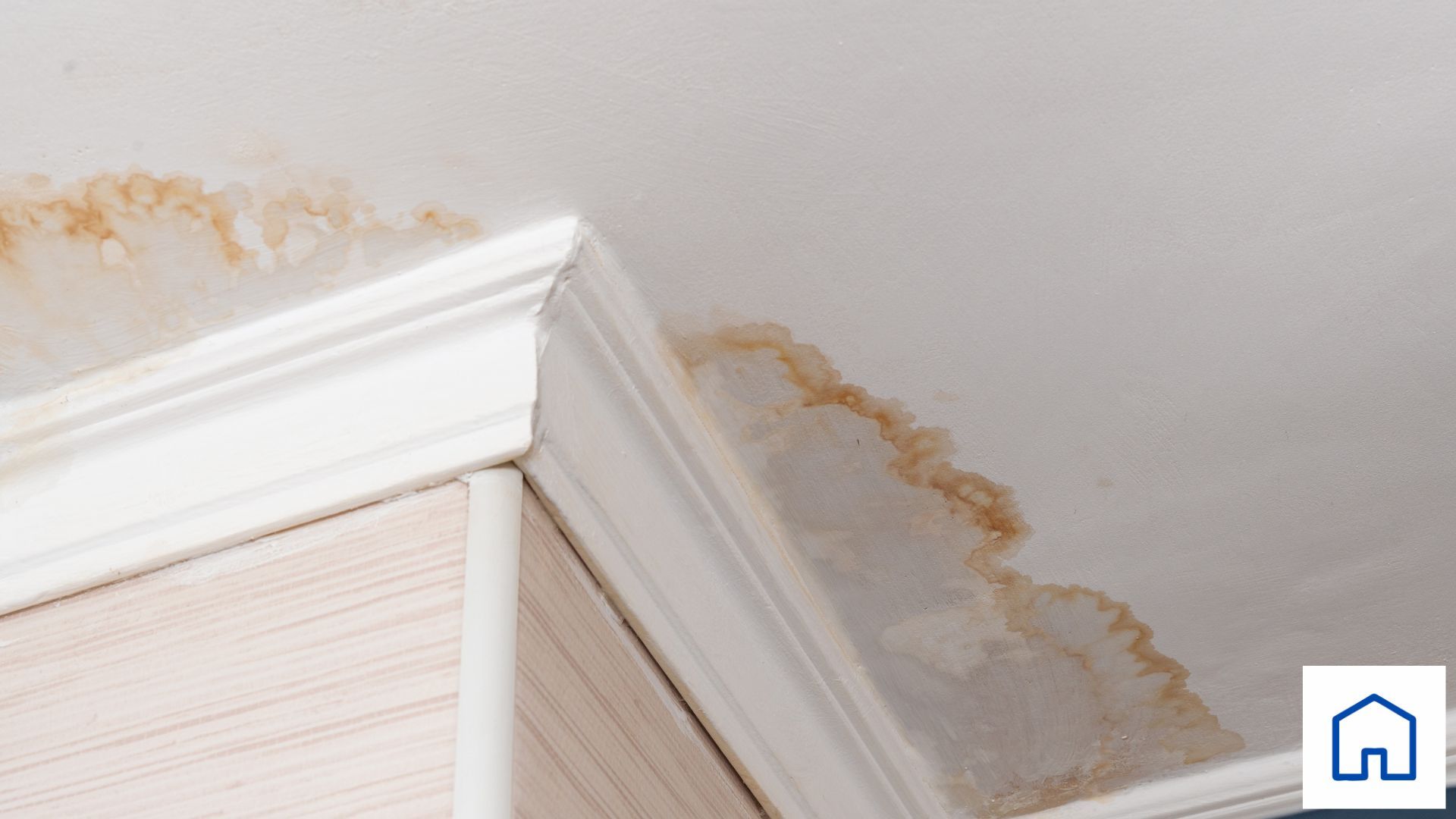
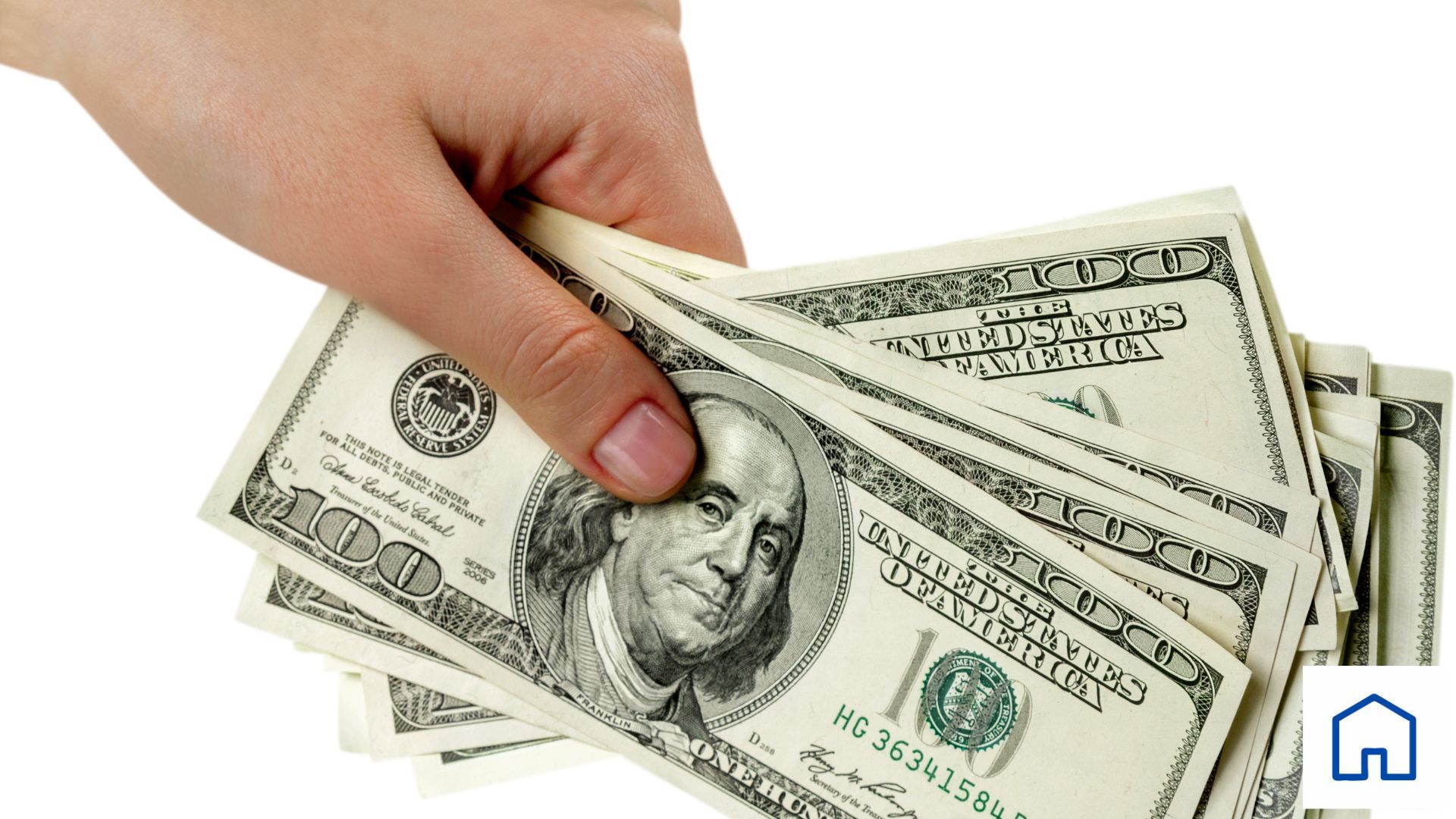


Ready to Renovate? Call Today!
All Rights Reserved | Best Nest Renovations


